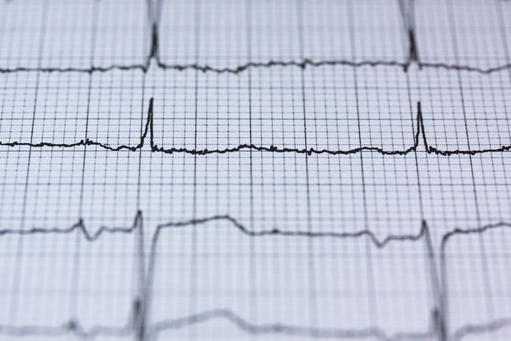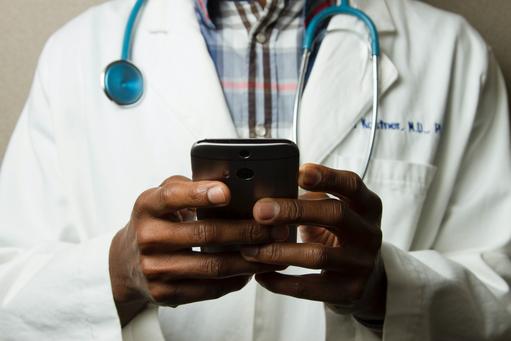Tag
Tagged: chronic diseases
Directory:
Tags:

|
In 2015 expect increasing healthcare challenges from (i) aging populations and rising chronic illnesses, (ii) escalating costs and patchy quality, (iii) access, (iv) changing technologies, and (v) security.
Aging populations and chronic illness Aging populations and the escalating prevalence of chronic lifelong diseases, will drive demand for healthcare in 2015, and impose significant burdens on healthcare systems. Europe has the world's highest proportion of people over 60. By 2017, 20% of Europeans will be over 65. By 2050 about 40% will be over 60. The US has similar trends. This aging and the increasing prevalence of chronic lifestyle diseases will continue to drive healthcare expansion, and pressure to reduce healthcare costs. |
|
|
Directory:
Tags:

|
Was the UK Department of Health (DH) right to axe its telehealth project?
Telehealth Telehealth is a combination of medical devices and communication technology used to monitor diseases and symptoms, and support health and social care remotely. It represents a solution to the challenges of rising healthcare costs, an aging population, and the increasing prevalence of chronic diseases. The Whole Systems Demonstrator Project The DH's Whole Systems Demonstrator (WSD) project was an ill-conceived top-down endeavour doomed to fail. It cost £31m, and was the world's largest randomised control trial of telehealth involving 7,000 patients, 240 primary care practices across three UK sites. 3millionpeople In 2011 an interim evaluation concluded that the WSD project could achieve a 45% reduction in mortality rates, a 15% drop in A&E visits, a 14% reduction in bed-days, and an 8% reduction in tariff costs. These estimates are in line with international findings. Based on a review of some 2,000 studies, GlobalMed concludes that telehealth has reduced hospital re-admissions by 83%, decreased home nursing visits by 66%, and lowered overall costs by more than 30%. Nothing else has worked to reduce such costs. It was projected that by 2017 three million people in England with long term conditions would be recording their medical data and vital signs remotely, and sending them, via email and text, directly to GPs. This could save the NHS £1.2 billion a year, and significantly enhance the quality of patient care. |
|
|








